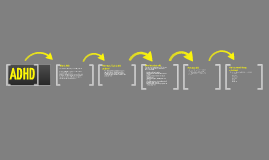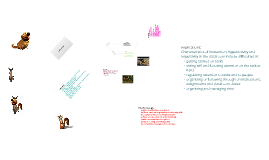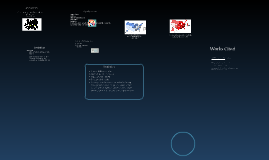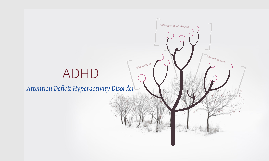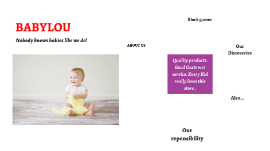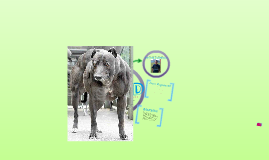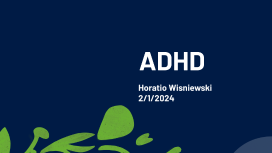ADHD
Transcript: ADHD (Attention Deficit Hyperactivity Disorder) Attention deficit hyperactivity disorder (ADHD) is one of the most common childhood disorders and can continue through adolescence and adulthood. This disorder is found more often in boys rather than girls. If not treated, ADHD can cause problems in a person's social and academic lives, as well as in their vocations. Symptoms Inattention, hyperactivity, and impulsivity are key behaviors of ADHD. It is normal for all children present these behaviors but for children with ADHD, they are more severe and occur more often. To be diagnosed with the disorder, a child must have symptoms for six or more months; showing signs they are severe when compairing them to other children of the same age. Does not give close attention to details, careless mistakes in schoolwork Difficulty keeping attention during tasks or play Does listen when spoken to directly Does not follow through, fails to finish schoolwork, chores, or duties in the workplace Difficulty organizing tasks and activities Avoids tasks that require mental effort (school projects) Loses toys, assignments, pencils, books, or tools frequently Easily distracted Forgetful Blurts out answers before question is finished Difficulty waiting/ taking turns Interrupts others frequently (butts into conversations) Fidgets with hands or feet Squirmy Runs/climbs when not socially appropriate Difficulty playing quietly Always “on the go” or “motor driven” Talking excessively Causes Scientists are not sure what causes ADHD, although many studies suggest that genes are a big factor. Like many other illnesses, ADHD results from a combination of factors. Researchers are looking at possible environmental factors, and are studying how brain injuries, nutrition, and the social environment might contribute to this disorder. Genes Genes are the "blueprints" for who we are. After studing many twins, research shows that ADHD often runs in families. Researchers also look at several genes that may make people more likely to develop the disorder. Knowing the genes involved can help researchers prevent the disorder before symptoms develop. Learning about specific genes could also lead to better treatments. Children with ADHD carry a particular version of a gene that causes brain tissue to be thinner in the area involved with attention. This research showed that the difference is not permanent and over time, as the child grew up, the brain developed to a normal level of thickness. Their ADHD symptoms also improved. Environment Studies show a potential link between smoking cigarettes, and alcohol use during pregnancy with ADHD in children. Also, children who are exposed to high levels of lead (found in plumbing fixtures or paint in old buildings) may have a higher risk of developing ADHD. Toddlers who watch tv more than the average amount are also more likely to develop ADHD Brain Damage Children who have suffered a brain injury may show some behaviors similar to ADHD. However, only a small percentage of children with ADHD have suffered a traumatic brain injury. Food Additives Refined sugar is not proven to cause ADHD but research shows it can make the symptoms worse. Recent British research shows a possible link between consumption of certain foods such as artificial colors or preservatives with an increase in activity. Research is still trying to confirm the findings and how food additives may affect hyperactivity. Treatments Treatments focus on reducing the symptoms of ADHD and improving functioning. Treatments can not cure this disorder but can control the symptoms. Behavioral Therapy A natural way to help treat ADHD... Behavioral therapy aims to help a child change his or her behavior. It might involve practical assistance, such as help organizing tasks or completing schoolwork, or working through emotionally difficult events. Behavioral therapy also teaches a child how to monitor his or her own behavior. Medications Stimulants are used to medicate people with ADHD because they place a calming effect upon them. Adderall and Ritallen are the most common brands of medications Stimulant medications come in different forms, such as a pill, capsule, liquid, or skin patch. Some medications also come in short-acting or long-acting. In each of these varieties, the active ingredient is the same, but it is released differently in the body. But like any medication, there are possible side effects The most commonly reported side effects are decreased appetite, sleep problems, anxiety, and irritability. Some children also report mild stomachaches or headaches. Most side effects are minor and disappear over time or if the dosage level is lowered. Statistics Children with ADHD…... 2 out of every 10 have learning disabilities 8 out of every 10 are academic underachievers. 4 out of every 10 have issues with self esteem, depression, anxiety or authority by the time they reach adolescence. 6 out of every 10 young have a higher incidence of temper tantrums






